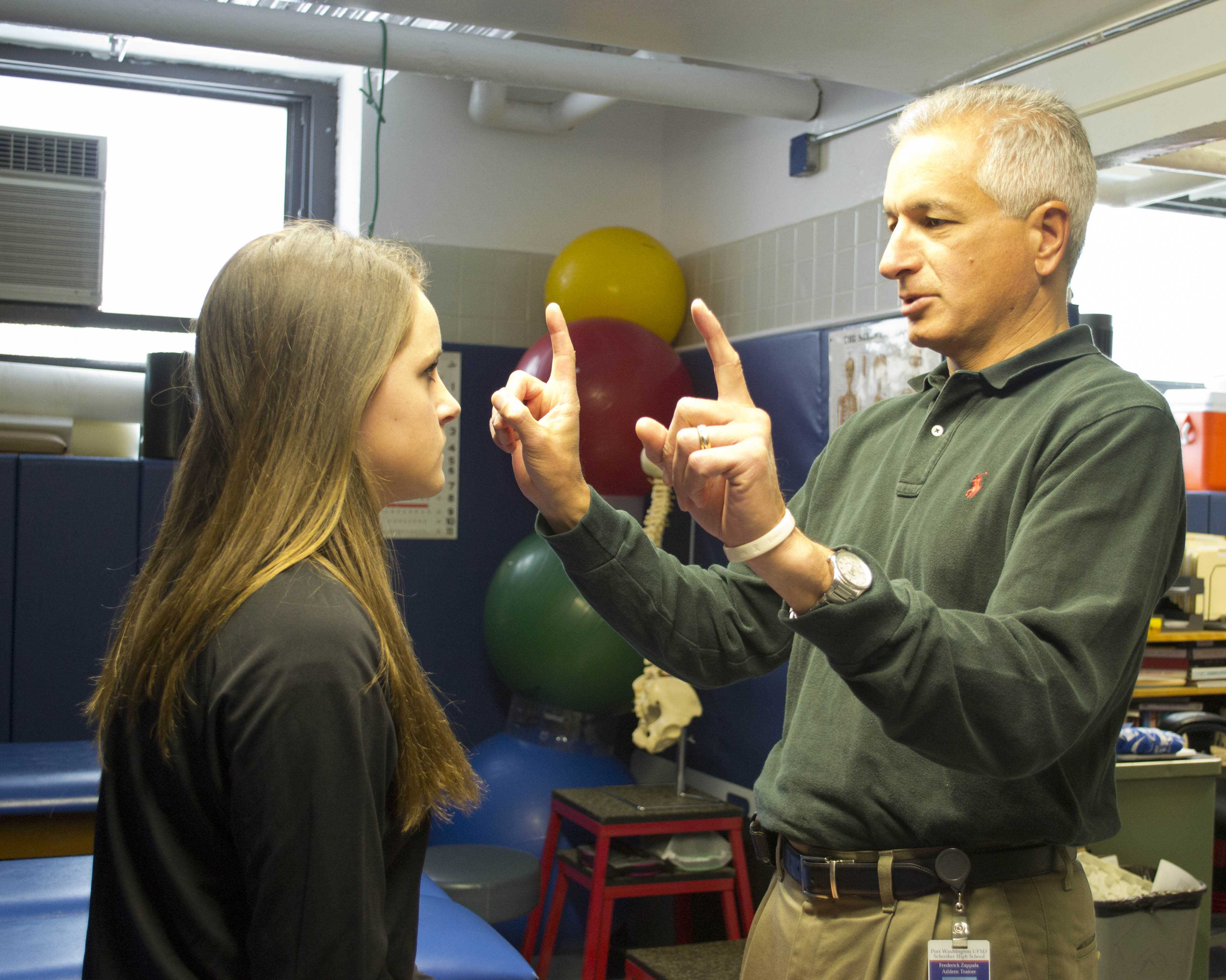There is no question that football is a violent game. There is a large risk of injury on every snap, and one false step or one hard tackle can easily end a player’s season. One of the most common injuries, not only in football, but in all sports, is a concussion.
Specifically, concussions in professional football are treated without much concern. Standard procedure usually allows a player to return to action the following game, a much shorter layover than other, more orthopedic injuries.
However, when these concussions pile up, the long term effects can be far worse than any other injury.
Many of the Nation Football League (NFL) players who have suffered multiple concussions experience side effects because of severe brain damage. Depression is the most common result; however, concussion trauma has even been linked to suicide.
In 2012, an ex-NFL player, Junior Seau, killed himself. Seau had suffered at least seven concussions but played through all of them willingly.
Many people blame the NFL for concussion related illnesses. The Seau family and over 18,000 former players have sued the NFL for its lax approach to concussions. They have argued that NFL officials should have cracked down on players taking the proper time off to recover.
The resulting settlement cost the league $765 million. The ruling includes compensation to the victims along with coverage of medical exams.
To prevent these same issues, athletes at Schreiber are required to take the ImPact test, a specially designed thirty minute concussion base test which measures a student’s memory, and how well they can answer questions at a rapid rate.
The test includes a combination of word recall, design memory, reaction time, attention span and processing speed. Its purpose is to get a baseline for each individual athlete in case of a concussion.
If an athlete is diagnosed with a concussion, he or she must match or do better on the same exam in order to be cleared to play again.
When taken correctly, this test can be extremely helpful in determining whether an athlete has recovered from head trauma. The accuracy of this test has many star collegiate athletes, or even high school players, purposely doing worse on the exam in case of a possible concussion. They would then be able to pass the exam the second time with ease, allowing them to play through the injury.
“Since the time and expense of providing this test to our student-athletes is geared toward protecting them, I think they are foolish to not try to do well. That aside, the test does have built in measures that will pick up most people who ‘sand bag’ the test,” said Athletic Trainer Mr. Rick Zappala.
Although the intentions are good, some of the student athletes may see it as an inconvenience. The test is monotonous and time consuming; however, it is better to be safe than sorry.
“Port Washington has led the county in being proactive in our management of athletes’ concussions. Our goal is to return our athletes to competition safely using the best resources available and communication to all involved,” said Athletic Director Ms. Stephanie Joannon.
Around the country, schools have used the ImPact testing program for over ten years now, and Schreiber has been using it since the 2012 spring season. The athletic department has tested approximately 800 Port Washington student athletes in that time.
“It has proven useful in a number of our concussion cases by finding some of the more subtle effects of concussion that a student may not feel or report. I think it is important to understand that this is only another tool that we use in the evaluation of concussions. It does not stand by itself, but it does provide us with more information to safely return a student athlete back to activity,” said Mr. Zappala.

